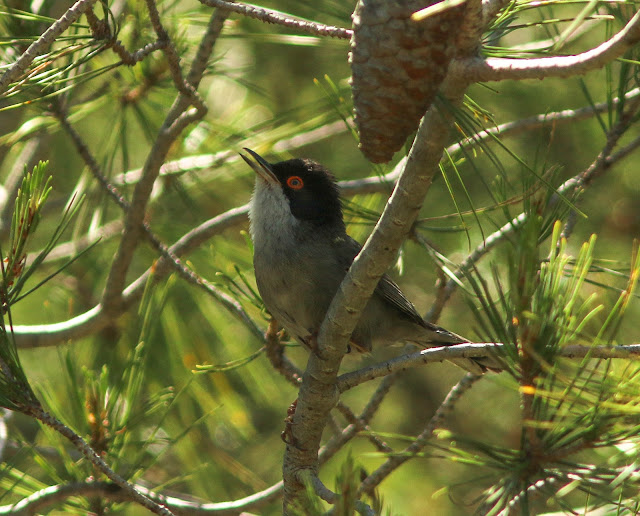This is my third year as Editor of Birds and Wildlife in Cumbria. It is the first year that Cumbria Bird Club has been the publisher. It was previously published by the now defunct Cumbria Naturalists' Union and the only difference is that we now have one fewer layer of management - this is a good thing !
In all other respects it is the same as before, same Editor, same species account wtriters and the same photographers.
This is the first time since 1991, I think, that the cover image is not a photograph - these sketches of a Leach's Petrel are by Barry Robson. He was one of only five people to see this bird which spent a short time on Tindale Tarn on 5th November. There are a number of Barry's other lovely sketches throughout the report.
The content is similar to that of the last two years with the systematic list comprising species accounts written by a wonderful team of sixteen writers which includes some academics, remowned published ornithologists and keen birders.
The RSPB Reserve managers have once again given us reports that help us understand the great work they do through the year, CWT wardens have done likewise.
The year produced two new species for the county, Caspian Gull and Long-toed Stint (this was accepted by BBRC just after the report went to print) and two others still IC with BBRC, Elegant Tern, Marsh Sandpiper. Western Subalpine Warbler from 2013 before the split is also IC (these will hopefully be accepted).
The Ringing Report is not simply a list of recoveries, rather, it explains the significance of the selected recoveries and highlights how ringing both illustrates the routine and highlights the unusual.
Copies are available from Cumbria Bird Club website now.
Copies will shortly be in Bookends in Carlisle and in Keswick and possibly in other independent bookshops through the county.




































































